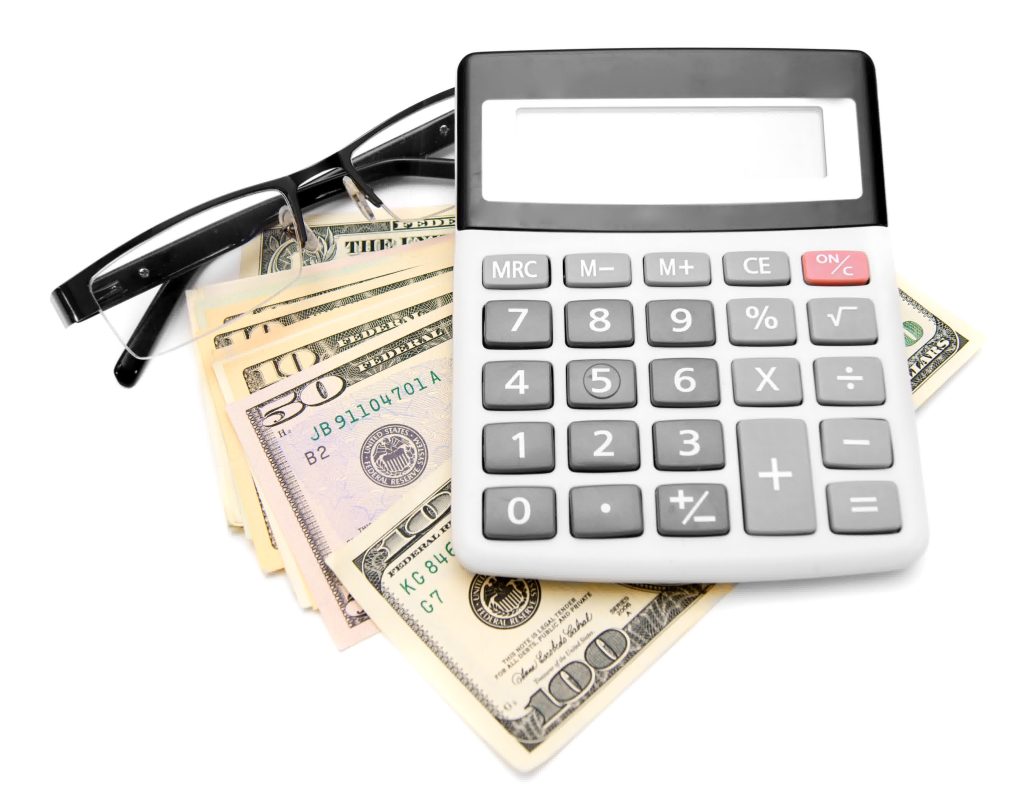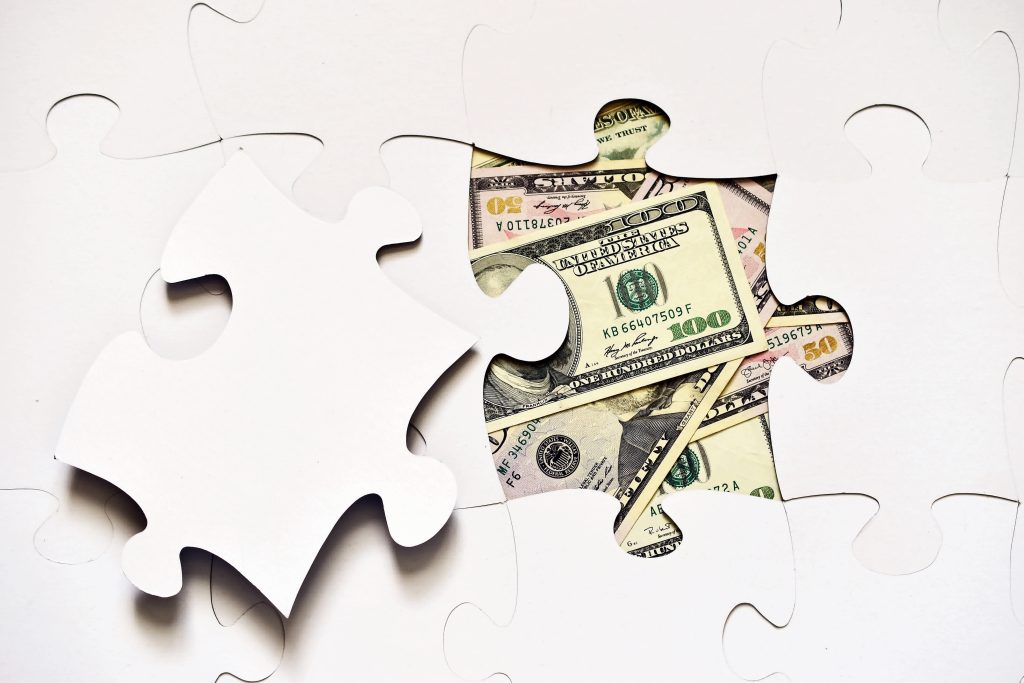Hello and welcome to our list of ways to save money on gas! Are you tired of constantly filling up your tank and feeling the financial strain? Don’t worry, we’ve got you covered. We’ve compiled a list of practical and effective tips to help you save on gas costs and keep more money in your pocket. Keep reading to learn more!
There are a few ways you can save money on gas:
- Keep your car well-maintained: Regular maintenance, such as keeping your tires properly inflated and getting regular oil changes, can help your car run more efficiently and use less gas.
- Drive efficiently: Avoid rapid acceleration and braking, and try to maintain a steady speed. This can help your car use less gas.
- Use the most efficient route: Plan your trips to minimize the distance you need to travel. Using a GPS device or map app to find the most efficient route can help you save money on gas.
- Consider carpooling: If you have the option to carpool with coworkers or friends, this can be a great way to save money on gas.
- Look for discounts: Many gas stations offer discounts to customers who pay with cash or have a loyalty card. Some credit card companies also offer discounts on gas purchases.
- Use a fuel rewards program: Some grocery stores and credit card companies offer fuel rewards programs that give you discounts on gas in exchange for shopping with them.
- Consider buying a more fuel-efficient vehicle: If you’re in the market for a new car, you may want to consider one that gets better gas mileage. This can save you money on gas over the long term.
- Combine trips: Instead of making multiple short trips, try to combine errands into a single longer trip. This can help you save gas because your car uses more gas when it’s cold than when it’s warm.
- Use public transportation: If you live in an area with good public transportation options, consider taking the bus, train, or subway instead of driving. This can save you a lot of money on gas, especially if you have a long commute.
- Telecommute: If you have the option to work from home, this can be a great way to save money on gas. You’ll no longer have to worry about commuting to and from the office, which can save you a lot of money on gas over the long term.
- Slow down: Driving at higher speeds uses more gas, so try to maintain a lower speed when possible. This can help you save money on gas and also make your car safer.
- Use the correct octane fuel: If your car’s owner’s manual recommends a certain octane level for your car, be sure to use it. Using a lower octane fuel than recommended can cause your car to run less efficiently, which can use more gas.
- Shop around: Gas prices can vary significantly from one gas station to another, so it pays to shop around. Check the prices at a few different stations in your area to find the best deal.
- Use a gas price tracking app: There are several apps available that can help you find the cheapest gas in your area. These apps can be a great way to save money on gas, especially if you’re on a long road trip.
- Use a credit card with rewards: Many credit cards offer rewards for gas purchases, such as cash back or points. If you have a credit card that offers these rewards, be sure to use it when you fill up your tank to get the most value for your money.
- Keep your tires properly inflated: Properly inflated tires can improve your gas mileage by up to 3.3%.
- Use cruise control: Using cruise control on the highway can help you maintain a constant speed and save gas.
- Avoid long warm-ups: Modern vehicles do not need long warm-ups in cold weather. In fact, driving is the best way to warm up your engine.
- Don’t carry unnecessary weight: Extra weight in your vehicle can reduce fuel efficiency. Only carry the items you need.
- Combine errands: Plan your errands so you can accomplish as many tasks as possible in one trip. This will save you time and gas.
- Use public transportation or carpool: If possible, consider using public transportation or carpooling to save on gas.
We hope you found our list of ways to save money on gas helpful and informative. By implementing even just a few of these tips, you can make a significant impact on your gas expenses. Don’t forget to keep your car well-maintained, drive efficiently, use the most efficient route, and look for discounts to get the most value for your money. Thanks for reading, and happy saving!























